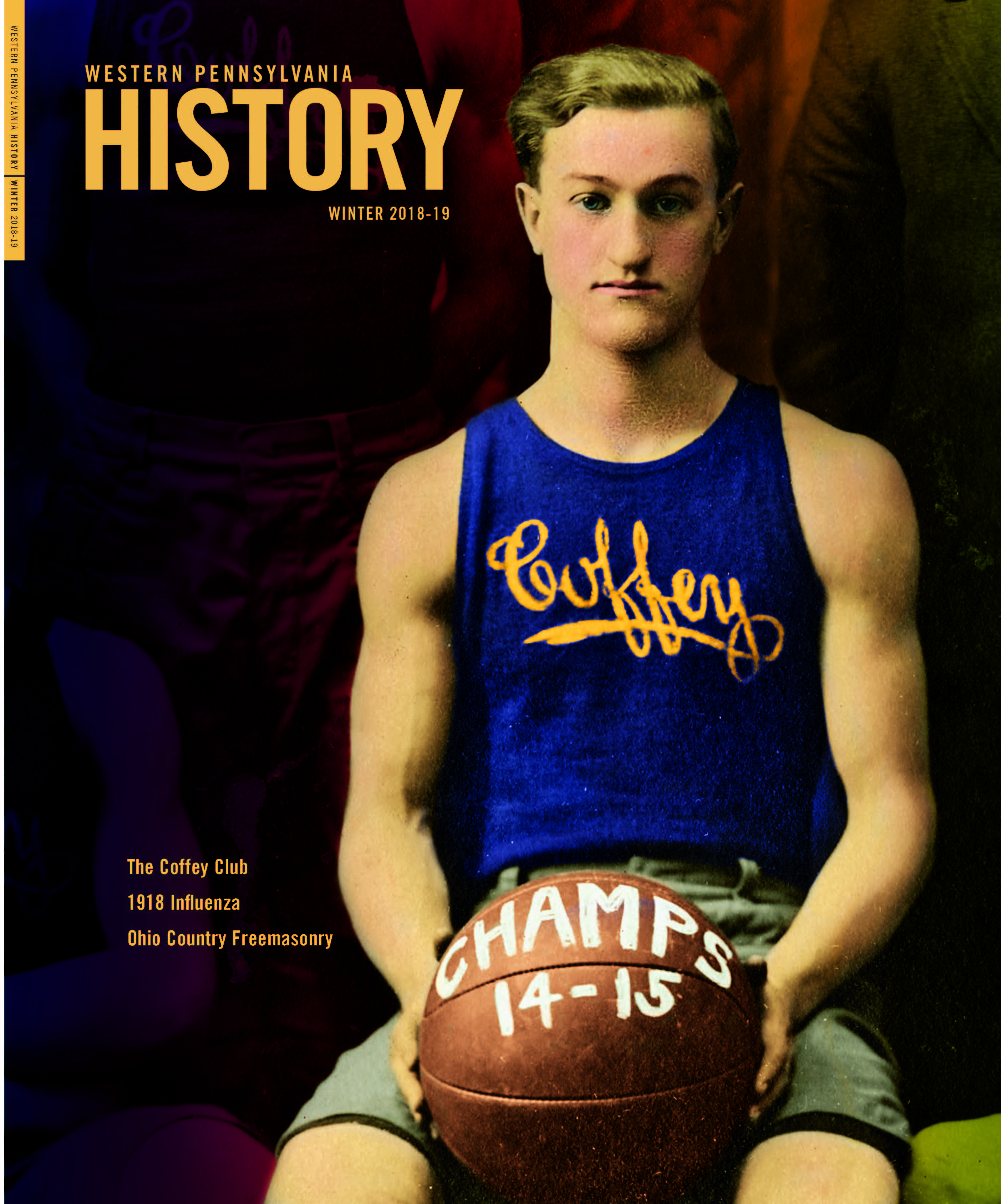Abstract
Emerging gradually in early 18th-century London, Speculative Freemasonry became the global model of fraternalism. It spread to many places in the first British Empire, but most especially to towns and cities in America. Moreover, the Craft operated as a voluntary organization and as a society with secrets that embodied major ethical and moral doctrines. With skilled leadership from the Anglican priest and Newtonian demonstrator of Huguenot ancestry, The Rev. John Theophilus Desaguliers, and from Scottish Presbyterian minister James Anderson, who drafted the order’s Constitutions in 1723, the Modern London Grand Lodge was established in 1717 and developed its own appealing ceremonies and ritualism.1 Modern
Freemasonry recruited to its lodges propertied gentlemen who frequently met in taverns, teahouses, and coffeehouses in London and in cities and towns across Great Britain and her colonies. Consequently, this fraternal organization revealed the strength of the British Empire, catering to power elites on both sides of the Atlantic and throughout the world.
